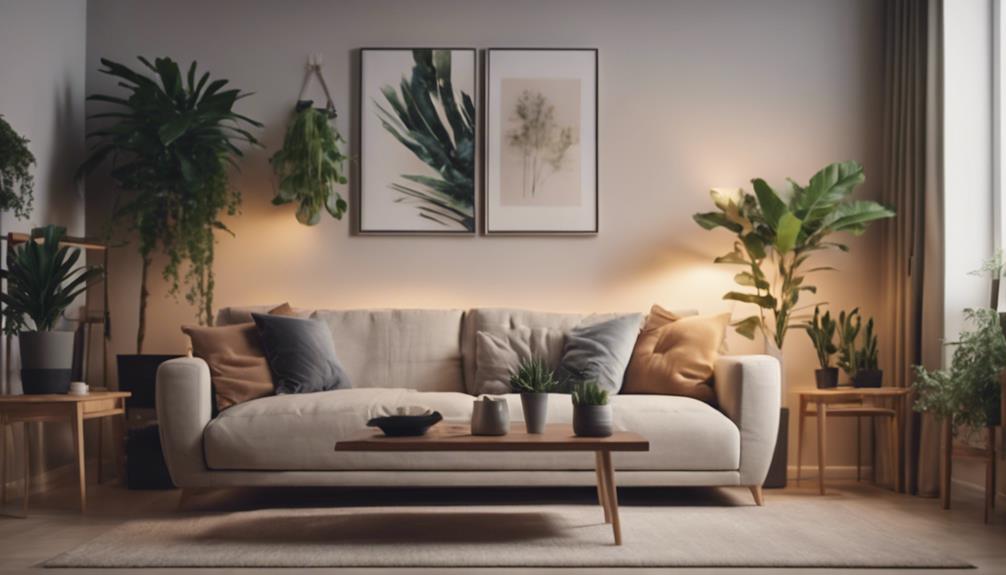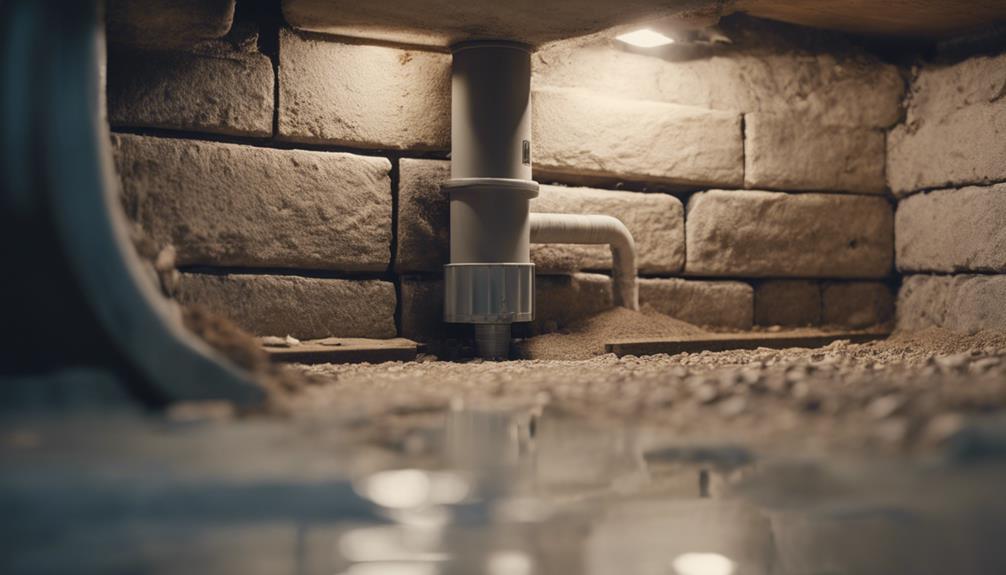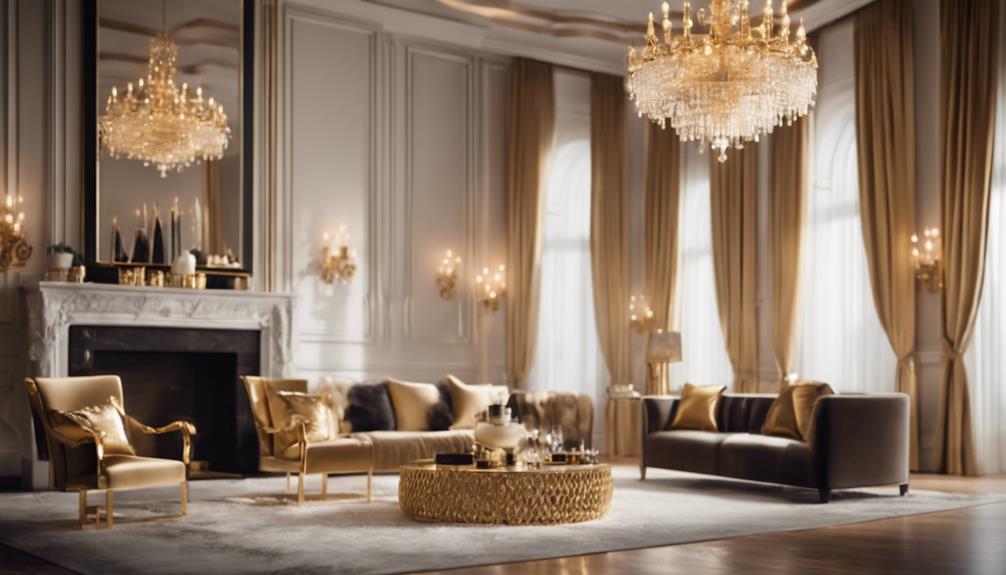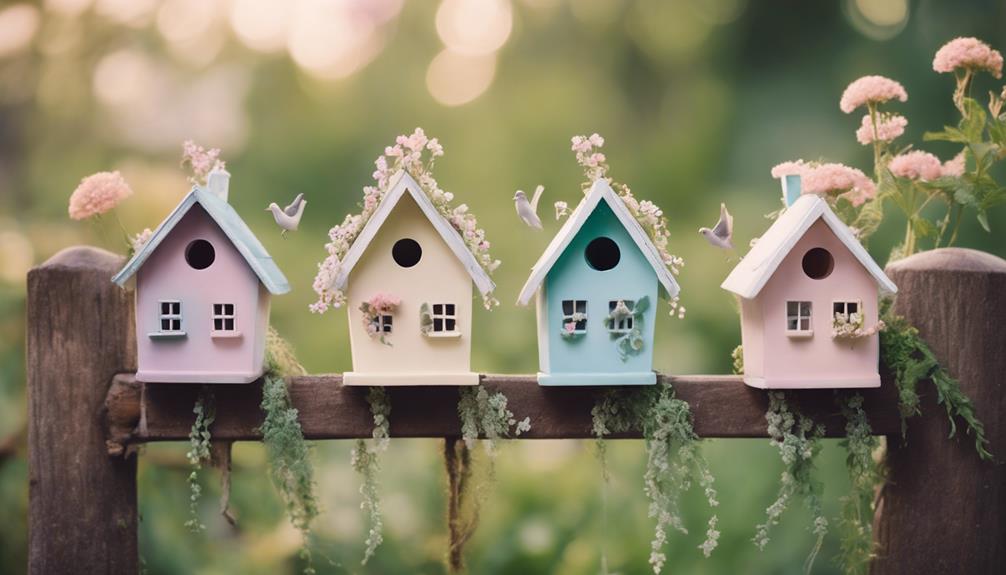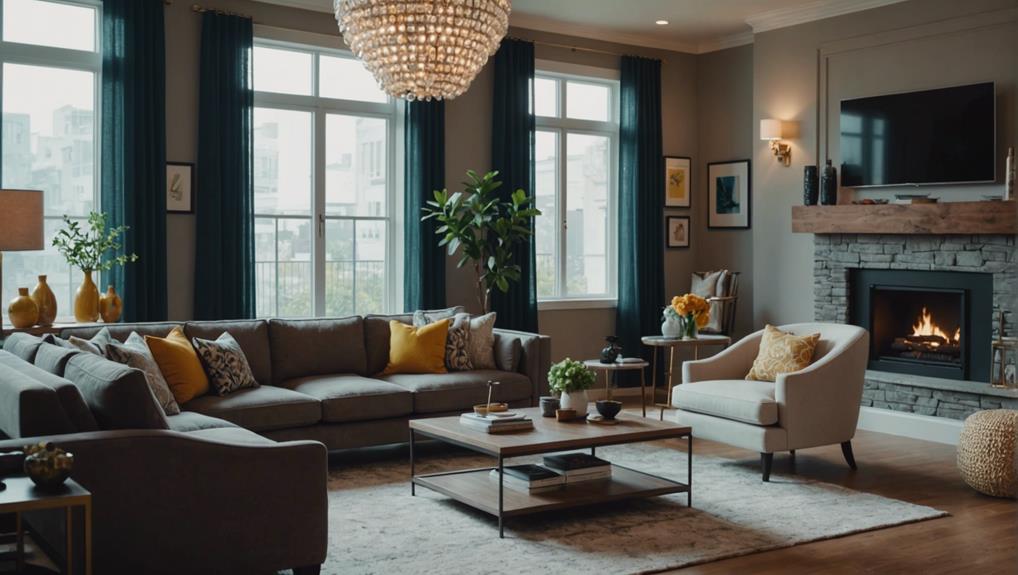In the home decor market, we find a diverse range of accessories for residential spaces such as decorations, carpets, candles, and curtains. Prominently, leading companies like IKEA and Wayfair drive trends with innovative furniture designs that cater to modern aesthetics. This market is influenced by various metrics like revenue and consumer behavior, with a focus on excluding B2B sales for better insight. Moreover, the COVID-19 pandemic has increased spending on home aesthetics, reshaping consumer preferences towards comfortable and visually appealing environments. Understanding the dynamics and key players in this market is essential for maneuvering the evolving landscape.
Key Takeaways
- Home decor market offers residential space accessories.
- Includes subsegments like Decorations, Carpets & Rugs, Candles, Curtains & Blinds.
- Leading companies: IKEA, Wayfair, known for innovative furniture.
- COVID-19 increased spending on home aesthetics.
- Market driven by consumer preferences for comfortable and visually appealing living spaces.
Market Definition and Scope
We define the home decor market as the industry that offers accessories designed to enhance the aesthetics of residential spaces. This market comprises various subsegments such as Decorations, Carpets & Rugs, Candles, and Curtains & Blinds. Revenue and per capita data are important metrics analyzed, with a focus on excluding business-to-business (B2B) sales to understand consumer behavior accurately. Leading companies like IKEA and Wayfair are prominent players in this space, known for their innovative furniture offerings that align with modern home aesthetics.
The COVID-19 impact has been significant in the home decor market, as it has driven increased spending on enhancing home aesthetics. With more people spending time indoors, there's been a surge in demand for accessories that beautify living spaces. This trend hasn't only boosted sales but also influenced consumer preferences towards creating comfortable and visually appealing home environments. The pandemic has reshaped how individuals perceive and prioritize their living spaces, resulting in a significant shift towards investing in home decor.
Key Players and Competition
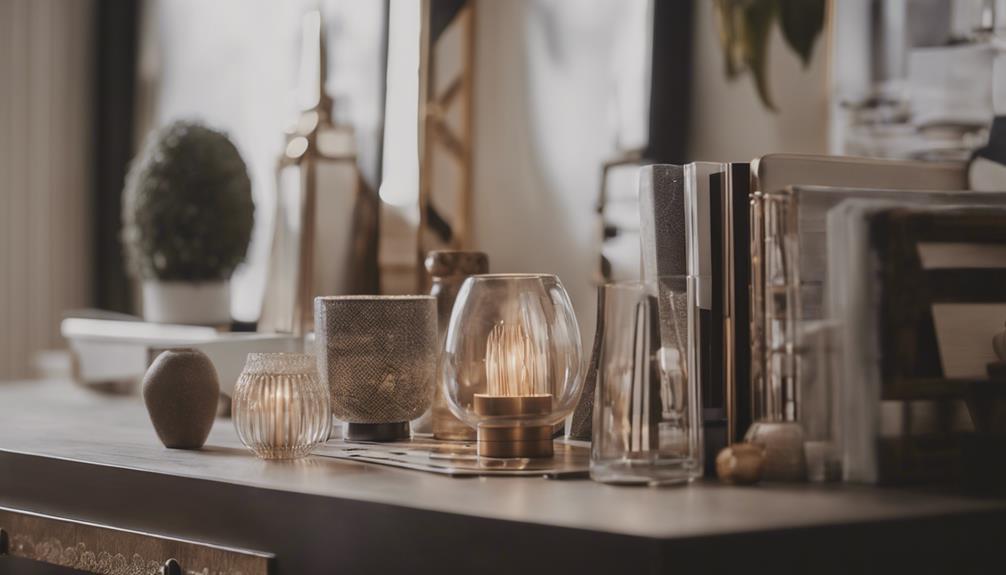
Prominent players in the home decor market, such as Duresta Upholstery Ltd., Forbo International SA, and Ashley Furniture Industries Ltd., set the competitive landscape for the industry. These companies are key competitors in the market, alongside Inter IKEA Systems BV and Shaw Industries Group, Inc., contributing to the market dynamics.
Market share is dominated by companies like Kimball International and Mohawk Industries Inc. Factors such as material costs and global economy fluctuations play a significant role in shaping competition among these industry giants. To maintain a competitive advantage, companies must focus on differentiation through product quality, innovative design, and building a strong brand reputation.
Adapting to changing consumer preferences and market trends is essential to stay ahead in this competitive environment. The strategic positioning of these key players influences the overall direction and growth of the home decor market, making competition fierce yet driving innovation and creativity in the industry.
Trends and Innovations
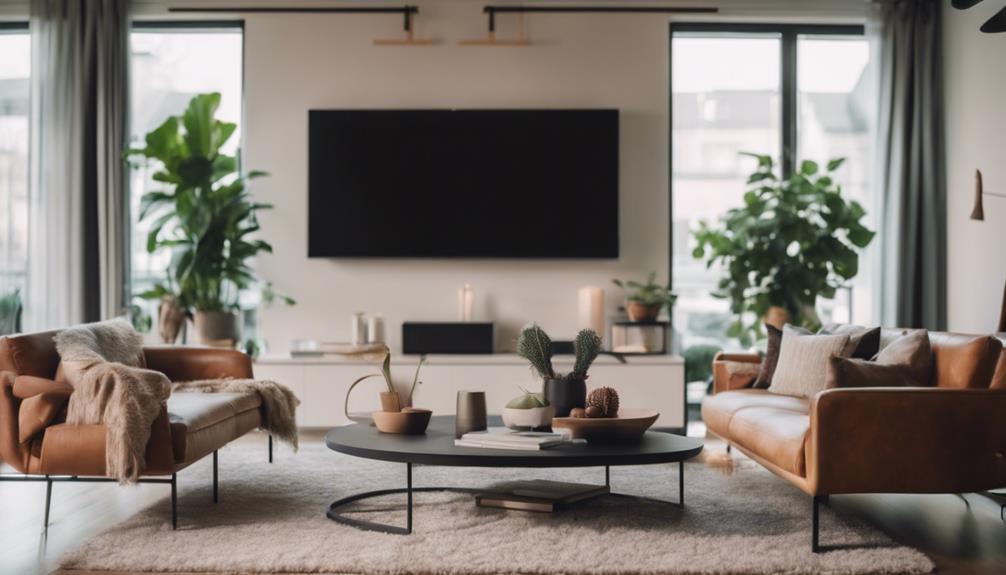
We observe a shift towards emerging color palettes, with vibrant hues and unique combinations gaining traction in the home decor market.
Sustainable materials usage is becoming increasingly prevalent, with consumers showing a preference for eco-friendly options that align with their values.
Additionally, the integration of technology in decor is on the rise, blending functionality with aesthetics to create innovative and modern living spaces.
Emerging Color Palettes
Emerging color palettes in the home decor industry are showcasing a blend of soothing tones and vibrant hues to cater to diverse aesthetic preferences. Warm neutrals, soft blues, and pastel colors like blush pink and powder blue are creating calming and romantic atmospheres in modern interiors.
Bold hues such as jewel tones – emerald green, sapphire blue, and amethyst purple – are adding a touch of luxury to design schemes. Natural elements like terracotta and clay tones are being used to bring warmth and texture to living spaces.
Additionally, metallic shades such as gold, brass, and copper act as accents, infusing glamour and sophistication into interior design. These innovative color combinations are transforming spaces and elevating the visual appeal of homes.
Sustainable Materials Usage
In response to the increasing demand for sustainable practices in the home decor industry, a notable trend revolves around the utilization of eco-friendly materials in innovative and stylish designs. Companies are incorporating sustainable materials like reclaimed wood, bamboo, and recycled plastics to create products that resonate with environmentally conscious consumers. Additionally, the use of organic fabrics, natural dyes, and non-toxic finishes is becoming prevalent, reflecting a commitment to reducing environmental impact. Consumers are increasingly drawn to home decor items made from sustainable materials due to concerns about climate change and environmental sustainability. This shift towards sustainable materials usage not only aligns with eco-conscious consumption but also promotes responsible manufacturing practices within the industry.
| Sustainable Materials | Examples | Benefits |
|---|---|---|
| Reclaimed Wood | Stylish furniture | Reduces deforestation |
| Bamboo | Decor accents | Rapidly renewable resource |
| Recycled Plastics | Home accessories | Reduces plastic waste |
| Organic Fabrics | Upholstery | Chemical-free, biodegradable |
| Natural Dyes | Textile decor | Environmentally friendly coloring |
Tech Integration in Decor
Integrating technology into home decor has revolutionized the way consumers interact with their living spaces, offering enhanced convenience and functionality. From smart furniture, lighting, and appliances to innovations like smart mirrors and voice-activated assistants, the options are diverse.
Augmented reality (AR) and virtual reality (VR) applications provide the ability to visualize decor products in a real-world setting before making a purchase. IoT devices play an important role in automation and remote control of aspects such as temperature, lighting, and security.
Additionally, technology-driven customization options allow for personalized decor choices tailored to individual preferences and needs. The seamless integration of tech elements not only elevates the aesthetic appeal but also enhances the overall user experience within the home environment.
Sustainable Practices Impact
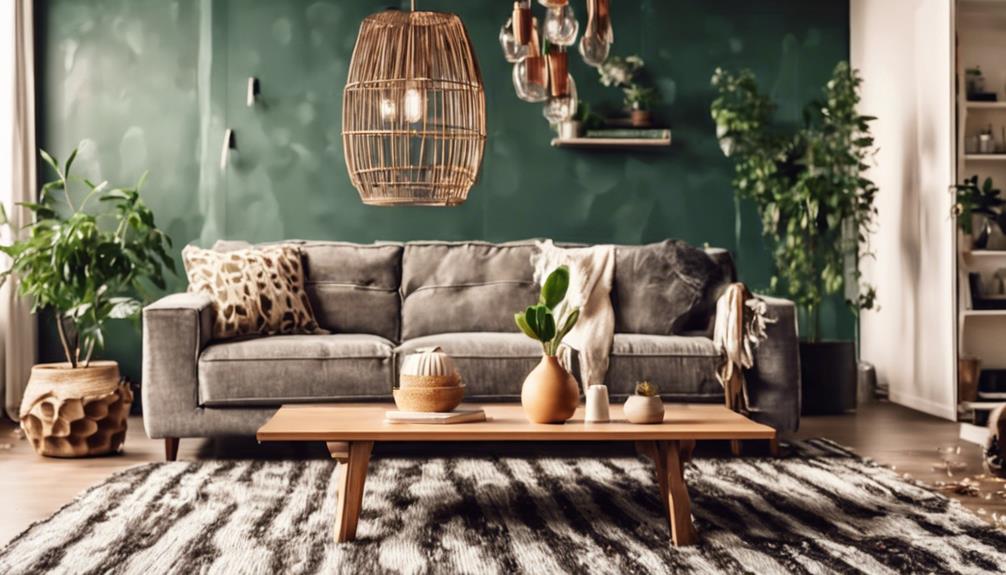
Sustainable practices in the home decor market are becoming increasingly prominent, with a focus on eco-friendly materials and energy-efficient design trends.
This shift is driven by consumer preferences for environmentally conscious options and the positive impact sustainable home decor items have on the environment.
Manufacturers are responding to this demand by adopting more sustainable production processes to meet the growing interest in eco-friendly products.
Eco-Friendly Materials Usage
Amid the growing demand for sustainable practices, the home decor market is increasingly embracing the use of eco-friendly materials. Eco-friendly designs are on the rise, with a focus on natural materials such as bamboo, recycled wood, organic cotton, and reclaimed materials. Consumers are actively seeking home decor products made from sustainable sources to lessen their environmental impact. Companies within the home decor industry are integrating eco-friendly practices to meet the rising need for environmentally conscious products. This shift towards utilizing eco-friendly materials in home decor mirrors a broader trend towards sustainability in consumer preferences.
| Eco-Friendly Materials | Examples |
|---|---|
| Bamboo | Recycled Wood |
| Organic Cotton | Reclaimed Materials |
| Natural Materials |
Energy-Efficient Design Trends
The increasing focus on energy-efficient design trends in home decor reflects a broader shift towards sustainable practices in response to consumer demand for eco-friendly products. Here are four key points to take into account:
- Consumers are opting for energy-efficient lighting and appliances to reduce their carbon footprint.
- Sustainable practices impact the home decor market by driving demand for eco-friendly materials like insulation.
- Green building certifications such as LEED and Energy Star influence the adoption of energy-efficient design trends.
- Energy-efficient home decor not only saves energy but also contributes to environmental conservation efforts.
Ecommerce Influence
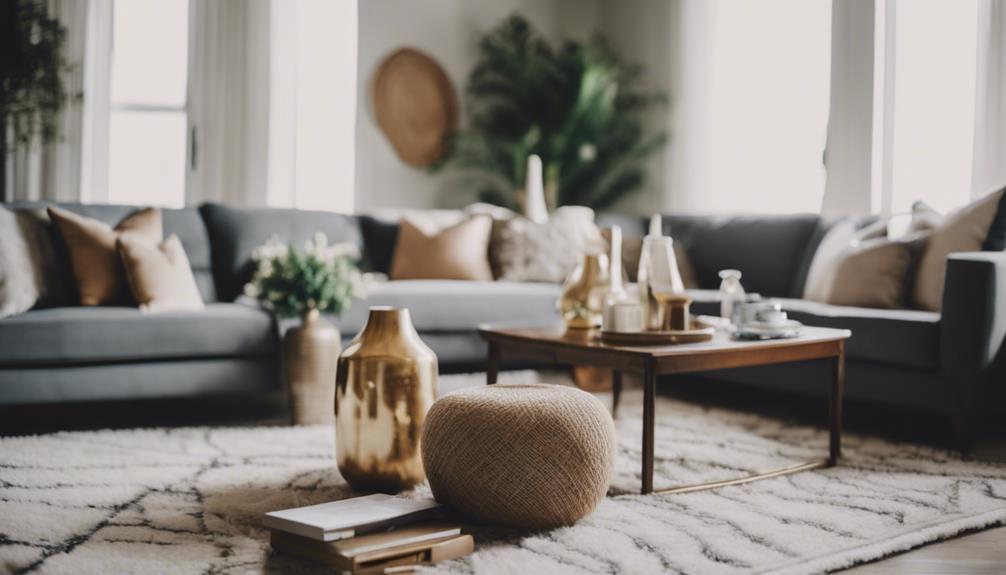
With the dominance of ecommerce shaping the home decor market, online sales have become a pivotal driver of revenue growth. Platforms like Wayfair and IKEA have gained prominence in the industry due to their strong ecommerce presence. The convenience of shopping online for home decor products has notably influenced consumer behavior and buying patterns.
Ecommerce allows consumers to access a wide range of home decor items, compare prices, and make purchases from the comfort of their homes. This shift towards online shopping hasn't only expanded the market's reach and accessibility but has also enhanced customer engagement within the home decor industry.
As a result, the home decor market has experienced growth propelled by the increasing prevalence of ecommerce. The ease and efficiency of online transactions have made it an integral part of how consumers interact with and purchase home decor items, transforming the landscape of the market.
Millennial Preferences
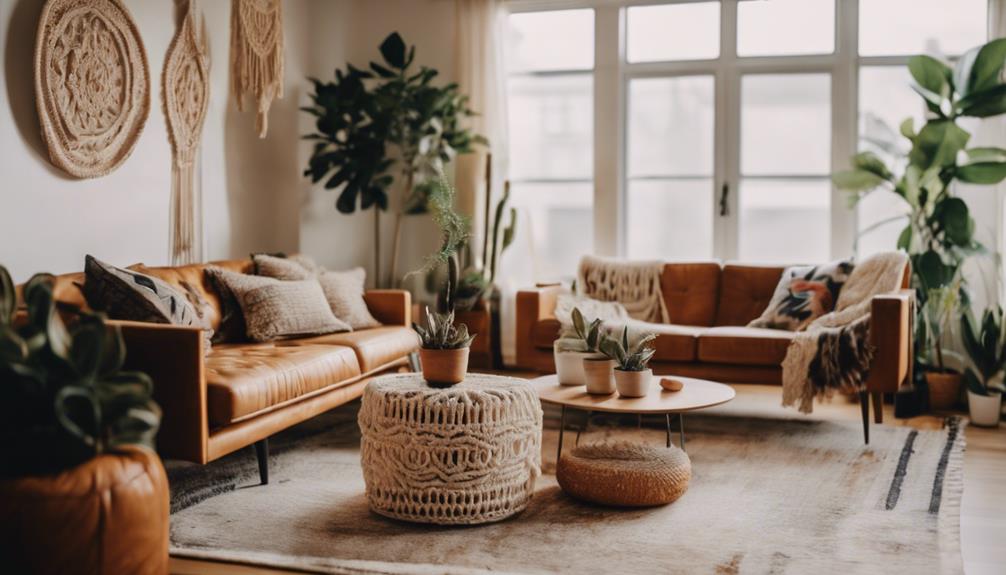
In the evolving landscape of the home decor market, millennial preferences drive demand for eco-friendly and sustainable products. When it comes to decorating their living spaces, millennials are making conscious choices that reflect their values and lifestyle. Here are four key aspects of millennial preferences shaping the home decor market:
- Eco-Friendly Focus: Millennials prefer eco-friendly and sustainable home decor products, driving the market towards more environmentally conscious options.
- Aesthetics and Functionality: This demographic values both aesthetics and functionality in home decor, leading to a rise in modern designs that aren't only stylish but also practical.
- Online Platforms: With a strong presence in the digital world, millennials are shaping the market through online platforms that offer convenience and a wide selection of home decor items.
- Personalization and Artisanal Pieces: Millennials seek personalization and unique touches in their living spaces, contributing to the popularity of customizable and artisanal home decor pieces that add character to their homes.
Growth Opportunities
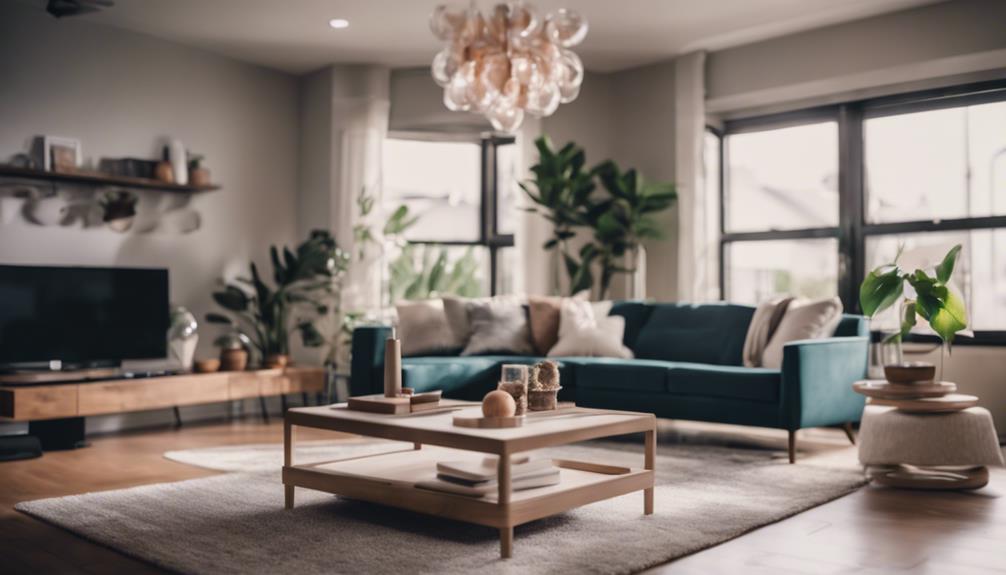
Considering the evolving landscape of the home decor market driven by millennial preferences, growth opportunities in this sector are becoming increasingly prominent.
The global home decor market is projected to reach $1.1 billion by 2032, with a steady growth rate of 4.9% per year. Rising disposable income and improving living standards in emerging countries are key factors creating opportunities for businesses in the home decor industry.
The increasing demand for eco-friendly home decor products presents a significant growth avenue for companies looking to cater to this environmentally conscious market segment. Additionally, the trend of small-size houses is encouraging the need for extra storage products, contributing further to the expansion of the home decor market.
Consumers' growing affinity towards luxury home decor items also opens up opportunities for businesses to offer higher-end offerings that cater to this segment of the market. As the market continues to evolve, embracing these growth opportunities can lead to success in the dynamic world of home decor.
Regional Market Insights
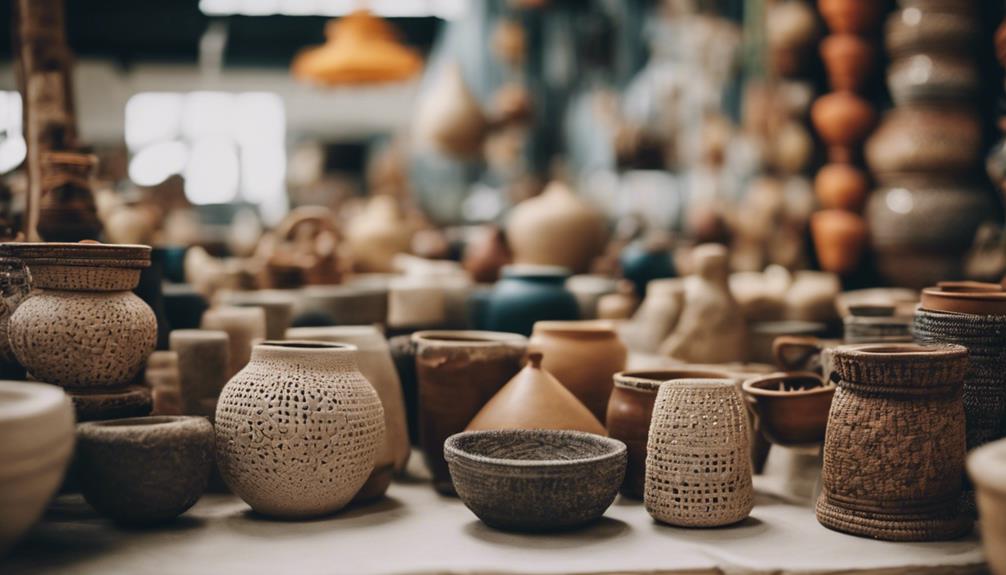
Our analysis reveals the dominance of North America in the global home decor market, capturing the largest share of revenue at 37.7%. This region, particularly the United States, stands out for its stronghold on the outdoor furniture market.
Additionally, the Asia-Pacific region is emerging as a key player in the industry, driven by population migration to urban areas and an expanding consumer base. In developing nations like Indonesia, China, and India, there's a noticeable uptick in the demand for home decor products, reflecting a shift towards more modern lifestyles.
Furthermore, the Asia-Pacific region is witnessing a surge in the popularity of eco-friendly home decor products, indicating a growing preference for sustainable and environmentally conscious choices among consumers. The evolving dynamics of these regions highlight the diverse opportunities and trends shaping the global home decor market.
Future Outlook and Evolution
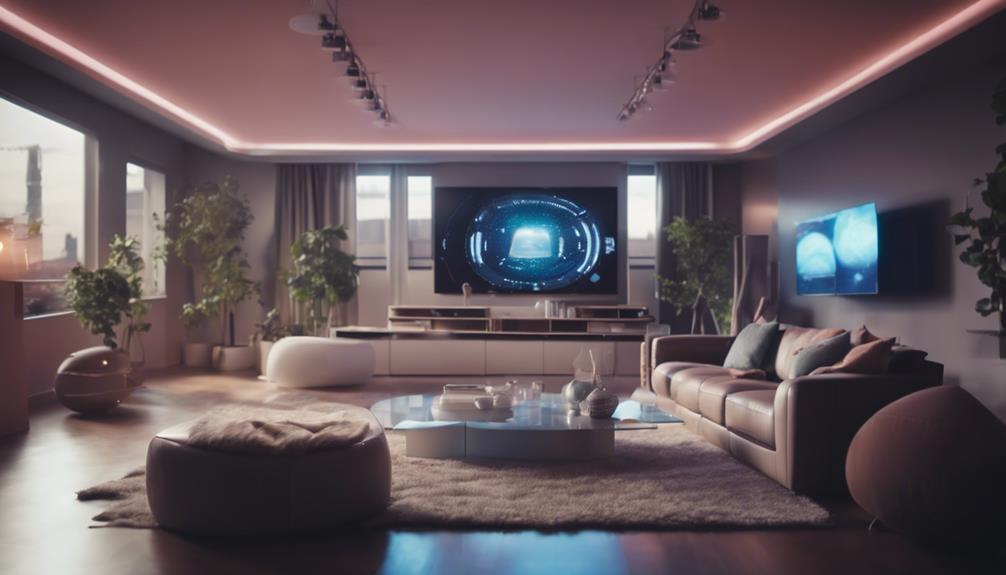
With the global home decor market projected to reach $1.1 billion by 2032, the future outlook and evolution of the industry present dynamic opportunities and challenges for key players and consumers alike. As consumer spending continues to rise and growth projections remain strong, market drivers such as the surge in popularity of home decor products and the consumer affinity toward luxury items are shaping the industry landscape. However, challenges such as the availability of low-quality products, shortage of skilled labor, and escalating raw material costs are factors that key players need to navigate. Market segmentation based on product type, income group, price point, distribution channel, and region allows for targeted strategies to meet consumer demands effectively. Top players like Duresta Upholstery, Ashley Furniture, and Shaw Industries have a significant impact on the market, with the fluctuating global economy and raw material costs influencing their operations. The choice of distribution channels also plays an important role in reaching a diverse consumer base efficiently.
| Market Size | Consumer Spending | Growth Projections |
|---|---|---|
| $1.1 billion | Rise in spending | CAGR of 4.9% |
| Market Drivers | Challenges | Market Segmentation |
| Popularity surge | Low-quality items | Product type |
| Disposable income | Skilled labor | Income group |
| Luxury items | Raw material costs | Price point |
| Distribution channel | ||
| Region | ||
| Top Players | Global Economy Impact | |
| Duresta Upholstery | Fluctuating economy | |
| Ashley Furniture | Material cost impact | |
| Shaw Industries |
Frequently Asked Questions
What Is the Market Segment for Home Decor?
When it comes to the market segment for home decor, we find different categories based on:
- Product type, including furniture, home textiles, and floor coverings.
- Income group, divided into lower-middle, upper-middle, and higher income brackets.
- Price point,
- Distribution channel, ranging from supermarkets and hypermarkets to e-commerce platforms.
- Region, such as North America, Europe, Asia-Pacific, and LAMEA (Latin America, Middle East, and Africa).
What Is the Biggest Market for Home Decor?
We identified the United States as the biggest market for home decor, generating a whopping US$35,440 million in 2024. Each person in the US contributed around US$110.93 to this market during the same year.
Notably, the demand for sustainable home decor items is on the rise globally, with Germany leading this trend. Major players like IKEA and Wayfair play significant roles in this market.
The impact of COVID-19 actually boosted spending on home aesthetics.
How Big Is the Home Decor Market in the Us?
We discovered that the Home Decor market in the US is valued at a whopping US$35,440 million in 2024. Each of us in the US contributes roughly US$17.24 to this thriving market.
The US stands out as the top revenue generator in the global Home Decor market. Remarkably, there's a rising demand for sustainable Home Decor products right here in the US.
Surprisingly, COVID-19 actually had a positive impact on the Home Decor segment in the US.
Is There a Demand for Home Decor?
Yes, there's a strong demand for home decor products due to factors like rising disposable incomes and evolving living standards.
Consumers seek to enhance their living spaces with furniture, textiles, and floor coverings. The trend towards eco-friendly options further fuels this demand.
Despite challenges such as low-quality products and material costs, the home decor market continues to grow globally, projecting a significant increase in value by 2032.
Conclusion
To sum up, the home decor market is a dynamic industry with key players driving innovation and trends. Sustainable practices are shaping consumer preferences, while e-commerce continues to influence the way we shop for home goods.
Millennials are a significant market segment, with growth opportunities in regional markets. As we look to the future, one might wonder: how will evolving consumer preferences shape the home decor market?
